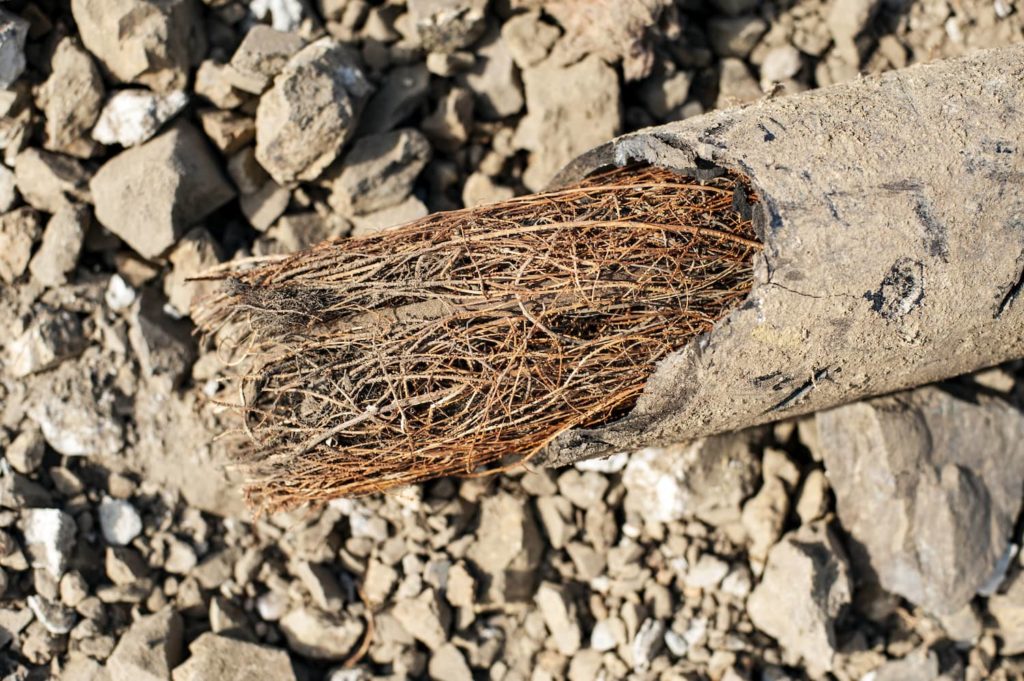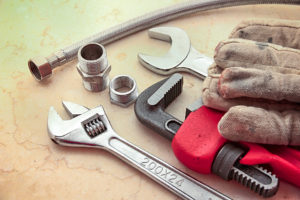Sewer Scope Inspections and Tree Roots
When it comes to your home’s plumbing, it’s important to be aware of the potential dangers posed by tree roots. Tree roots can grow into your sewer line and cause serious damage, leading to back-ups and costly repairs. That’s why it’s important to have a sewer scope inspection performed as part of your regular home inspection.
A sewer scope inspection uses a camera to inspect the inside of your sewer line, allowing us to identify any potential problems. If we find evidence of tree roots, we can recommend the appropriate course of action to take to remedy the situation.
If you’re concerned about the health of your home’s plumbing, call Checklist Inspections today for a Sewer Scope Inspection. We’ll help you protect your home and avoid costly repairs in the future.
How Tree Roots Get Into Sewer Lines
It’s not uncommon for tree roots to get into sewer lines. In fact, it’s a pretty common occurrence. And while it may not be the most pleasant thing to think about, it’s something that homeowners should be aware of.
Tree roots can get into sewer lines in a few different ways. One way is when they grow too close to the sewer line and start to infiltrate it. Another way is when they grow up through the cracks in the line. And finally, when the roots grow into the line from the drain in the ground.
No matter how the roots get into the line, it’s not good news. Once they’re in there, they can cause all sorts of problems. They can clog the line, causing sewage to back up into the home. They can also damage the line, leading to leaks and even more backups.
There are things that homeowners can do to help prevent tree roots from getting into the sewer line in the first place. One is to plant trees away from the house. Another is to make sure that the trees are well taken care of and that their roots aren’t growing too close to the sewer line.
If tree roots are already a problem, there are things that can be done to address it. One is to have the roots cut back. This can be done by a professional, or homeowners can do it themselves with a root cutter. Another is to install a root barrier, which is a piece of plastic that’s placed over the sewer line to prevent the roots from getting in.

What To Do
When you find tree roots in your sewer line, it’s important to take immediate action to remove them. Left unchecked, tree roots can cause serious damage to your sewer line and your home.
Here’s what you need to do:
1. Contact a professional. Tree roots can be difficult to remove on your own, so it’s best to contact a professional plumber or sewer contractor. They will have the tools and experience necessary to safely and effectively remove the tree roots from your sewer line.
2. Shut off the water. Before the professionals arrive, be sure to shut off the water to your home. This will prevent any further damage to your sewer line and your home.
3. Remove the tree roots. Once the professionals arrive, they will remove the tree roots from your sewer line. This may require the use of special tools and equipment.
4. Repair the damage. Once the tree roots have been removed, your professional will assess the damage and make any necessary repairs. This may include replacing damaged pipes or repairing leaks.
5. Prevent future damage. To help prevent future damage, be sure to have your trees regularly inspected and trimmed. This will help to keep their roots away from your sewer line.
No matter what, it’s important to address any issues with tree roots and the sewer line as soon as possible. The longer they go untreated, the worse the problems will get. If you’re concerned about tree roots getting into your sewer line, be sure to call a professional like Checklist Inspections. We provide sewer scope services to help you identify and address any issues with tree roots and your sewer line.





